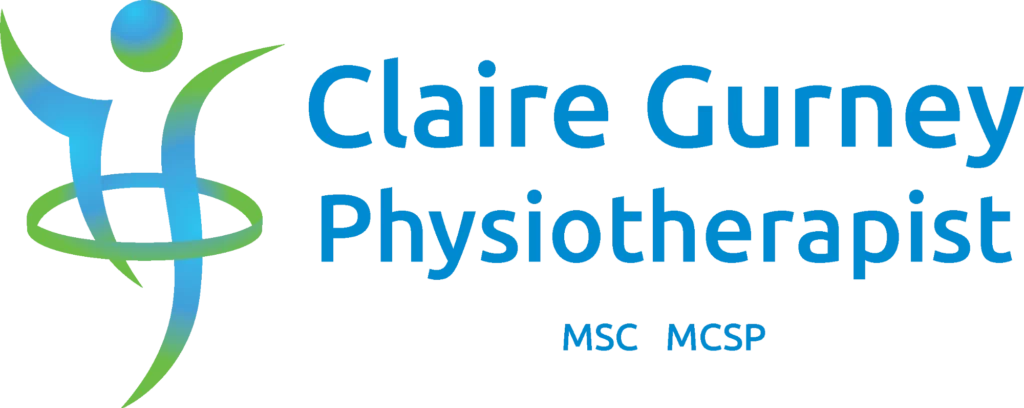Could your neck be the source of your headache? Have you heard of cervicogenic headaches?
A cervicogenic headache is a type of headache caused by problems with the neck. Other types of headaches have causes that start in the head – there are multiple reasons and causes for other types of headaches (beyond the scope of this post). Cervicogenic headaches often start at the back of the neck or base of the skull, the pain then spreads towards the front of the head. It’s often triggered or made worse by certain neck movements or positions. Typically, the pain is on one side of the head, but sometimes it can affect both sides.
Why do cervicogenic headaches occur?
The nerves within the neck connect to the same pathways that carry pain signals from the head and face to the brain. So, when something goes wrong in the neck, such as arthritis, muscular overuse or strain, the brain might interpret that problem as a headache. The most common causes of this type of headache include wear and tear of the neck joints, muscle tightness, or other neck injuries.
Cervicogenic headaches are diagnosed based on an assessment which involves asking about your symptoms, some physical examinations and tests. This aims to identify any issues with your neck that could be causing the headache and by ruling out other types of headaches. Sometimes imaging is needed with x-rays or MRIs to examine structures within your neck and screen for possible causes. Nerve block injections are sometimes performed by specialist doctors or consultants to help form a diagnosis.
Treating cervicogenic headaches involves a combination of approaches to reduce and treat the problems within your neck, (e.g. joint stiffness, muscle tightness) and to prevent the issue becoming chronic or recurrent. This will often involve a combination of physiotherapy and self-care strategies, which I will cover in my next post.
How to overcome cervicogenic headache.
Treating cervicogenic headaches involves a combination of approaches, both medical (e.g. GP advised) and non-medical. What helps to manage your pain can vary over time and as symptoms improve.
Physiotherapy is a key part of treatment, involving exercises to improve your neck posture and strength. Hands on treatments such as massage, passive stretching and acupuncture are also often used to reduce muscle tightness and de-sensitise any trigger points/knots that could be causing or contributing to the pain.
Medications might be used to reduce inflammation and pain levels and these would be advised by your doctor or pharmacist. Making changes in your daily habits, exercise levels, posture and ergonomics – such as adjusting how you sit or work – can also help in managing and preventing these headaches.
Unsure if you have cervicogenic headache or how to treat it? Book an appointment or book your free call Here


